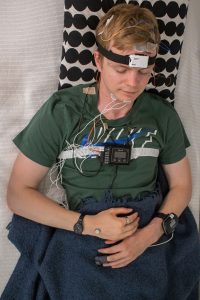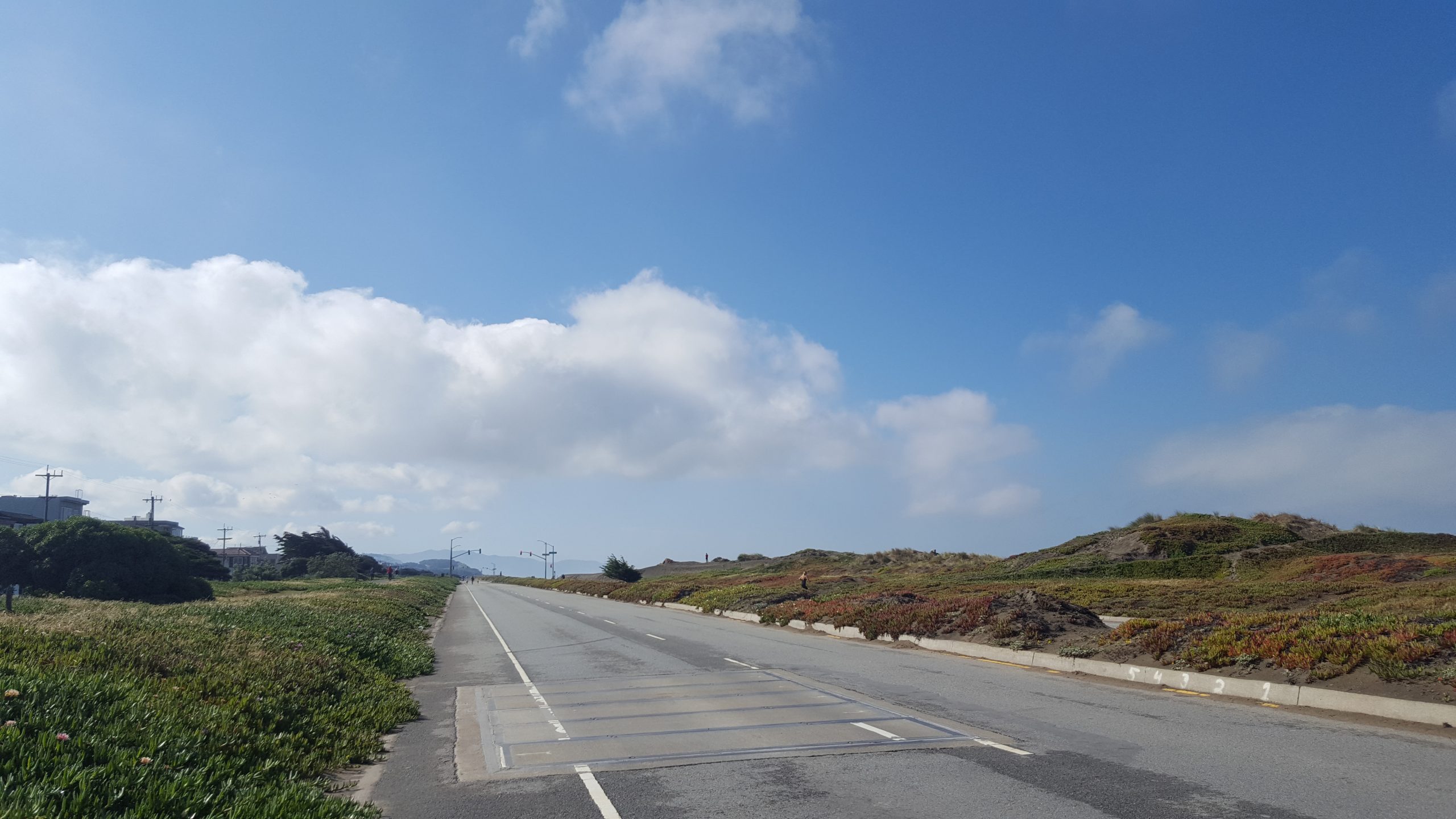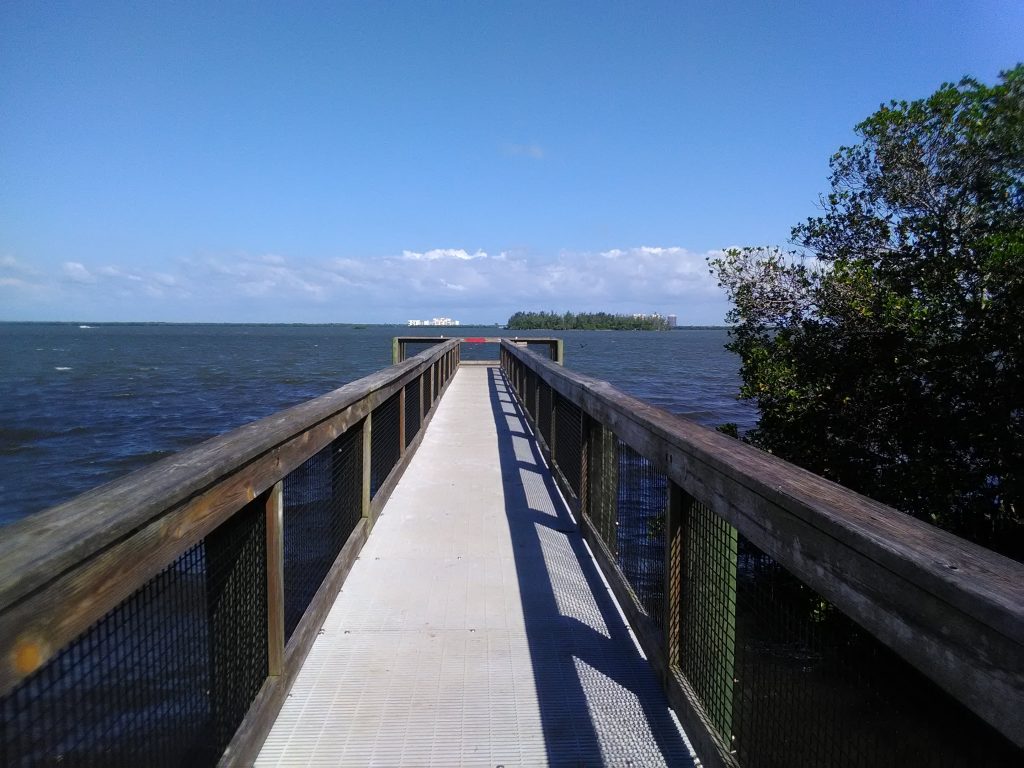Hi all!
My name is Sarella Arkkila and I am a second year masters student in Ecology and Evolutionary Biology at the University of Helsinki. I did my bachelor’s in Animal Behaviour at the University of Aberdeen and knew that this is what my passion lies in. Coming to the University of Helsinki, my search for a research group studying animal behaviour began. I found the amazing Information Ecology and Co-evolution research group ( https://www2.helsinki.fi/en/researchgroups/evolution-sociality-behaviour/information-ecology-co-evolution ) led by Prof. Rose Thorogood and knew that this is where I wanted to continue my career within biology. I was honoured to be allowed to join the research group.
My thesis work is on the effect of the landscape of fear on the parenting behaviour of the Eurasian reed warbler. Landscape of fear (LOF) is how animals view their surroundings and the different risks associated within that surrounding. There are several factors that contribute to the LOF, such as the perception of the risk of predators and parasites. LOF in turn influences an animal’s behaviour in different areas of its habitat. For example, in an area where an animal perceives the predation risk to be higher, they may exhibit more vigilance behaviour. These changes in vigilance behaviour can influence foraging efficiency and parental provisioning, as the focus is on spotting and avoiding predation, which can ultimately affect an animal’s fitness. The study of LOF is crucial especially now that environments are changing rapidly, and where new pressures arise and the survival of species within their new or existing habitats are uncertain.
Within the concept of LOF, a few studies have been done on how changes in perceived risk of predation impact indirectly on fitness, but perceived risk of parasitism is yet to be tested. The common cuckoo is a brood parasite, laying its eggs in other species’ nests, one of which is the reed warbler. The reed warbler changes its behavioural defences when it perceives that it is at greater risk of parasitism by cuckoos. This behavioural change can either result from direct observations of seeing a cuckoo or from social information from neighbouring birds attacking a cuckoo in its nest. However it is unknown if this perception of greater risk of parasitism has indirect and long-term effects on behaviour, ultimately affecting the quality of parenting.
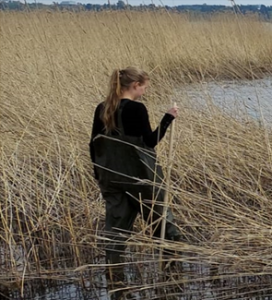
Looking for Reed Warbler nests within the reeds around Helsinki.
To understand the impact of the LOF from parasitism, I conducted fieldwork with the research group in the summer 2021. As part of another experiment, we manipulated the social information (SI) that the birds received about cuckoos by using model nests (previously collected nests), threats (painted 3D models), and alarm call playbacks. I then compared their ‘fear-type’ behaviour both during the presentations and afterwards to birds presented with alarm calls but an innocuous ‘threat’ (a teal), or to ambient teal calls as a control. I collected behavioural observations from video recordings at the nests, which gave me a ‘reed warbler’s perspective’ that could not be gained by observing the birds in person. To evaluate the long-term impact of the LOF, I then recorded parental behaviour 6 days later during incubation, and then again once the chicks had hatched.
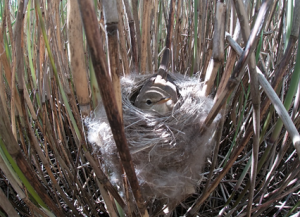
A reed warbler incubating its eggs, a screenshot taken from an incubation video.
For my Master’s thesis, I have been watching a sample of these video recordings to determine how socially-provided information about parasitism risk influences behaviour. Thanks to the HiLIFE traineeship, I can now dive deeper into the videos to find out more about the longer-term effects of fear and publish a scientific article on the findings. I hope to be able to share the study results with you after this fantastic HiLIFE traineeship period. Wish me luck!

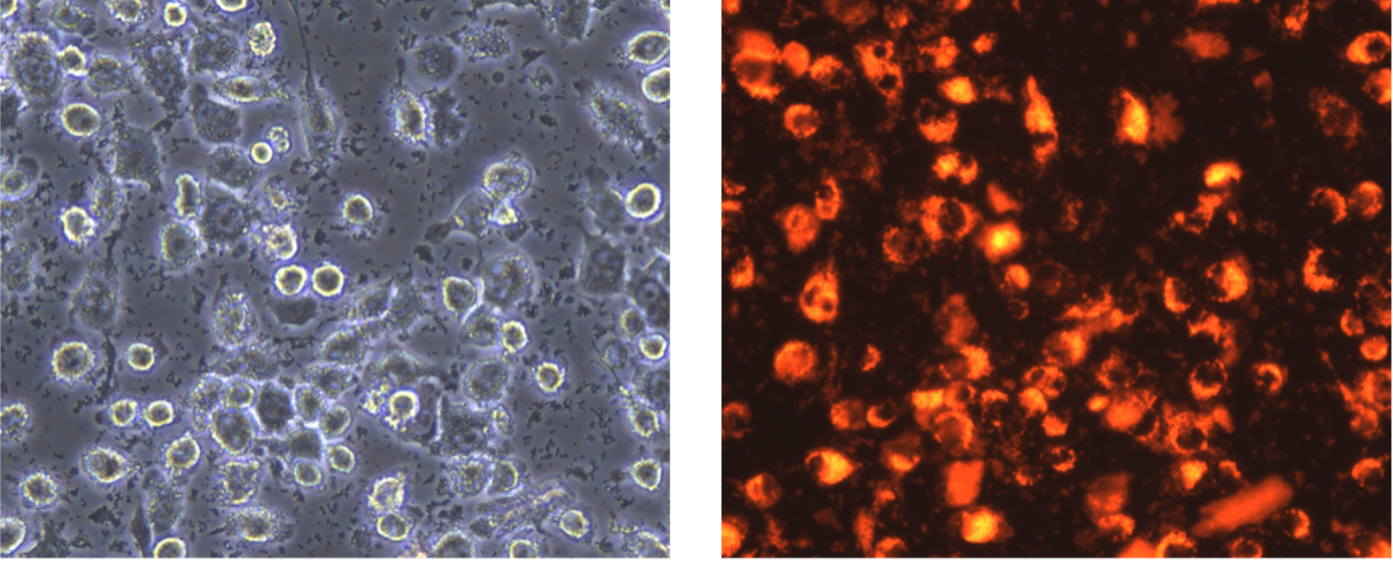
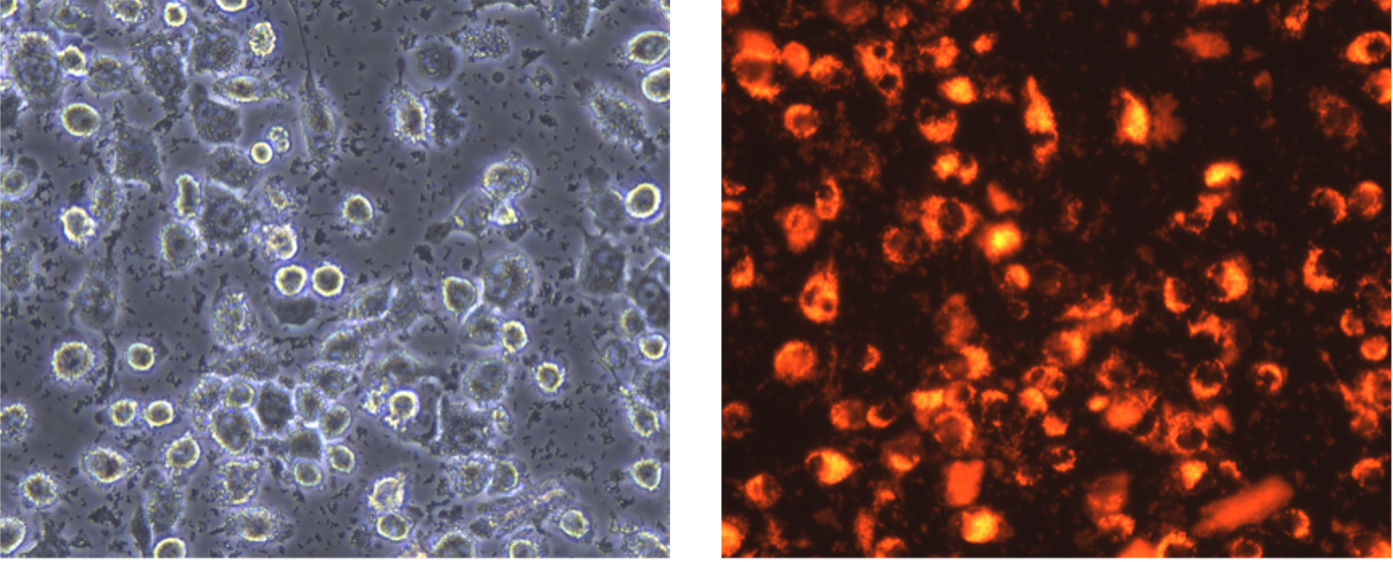


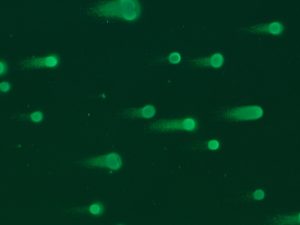
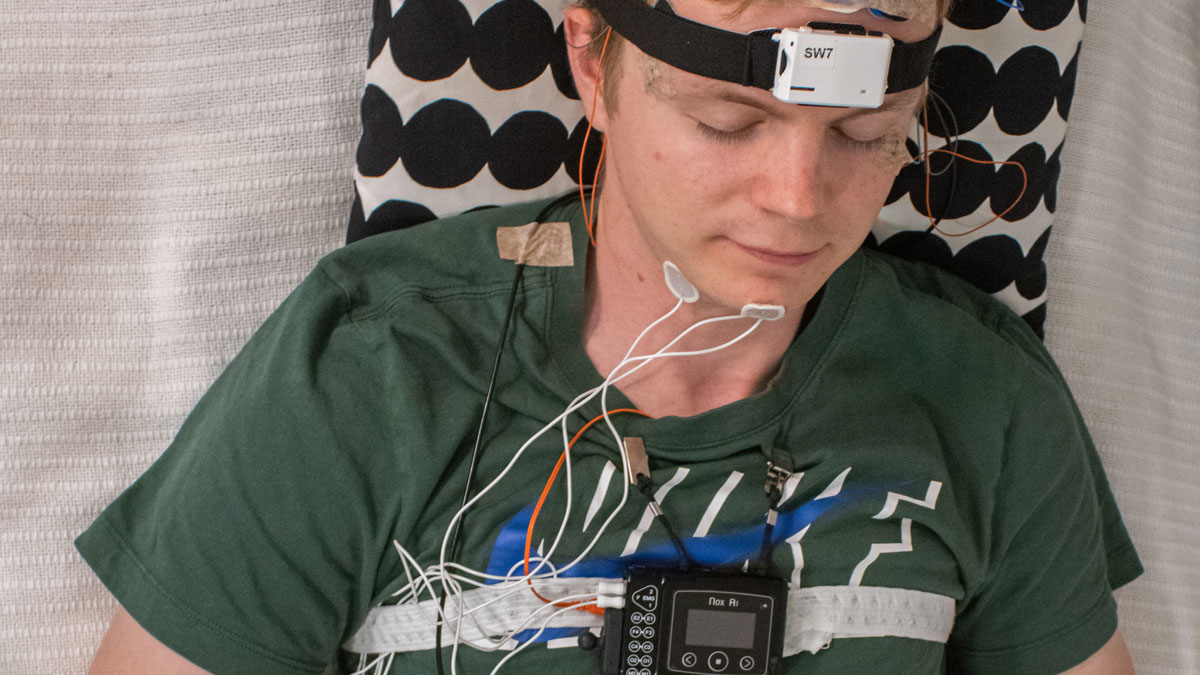
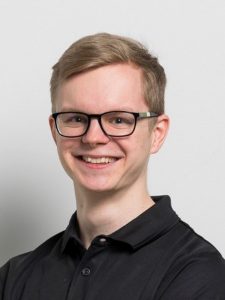 Hi everyone! My name is Paavo and I’m a neuroscience master’s student in University of Helsinki. In this blog text, I will share my experience working as a HiLIFE trainee in summer 2020.
Hi everyone! My name is Paavo and I’m a neuroscience master’s student in University of Helsinki. In this blog text, I will share my experience working as a HiLIFE trainee in summer 2020.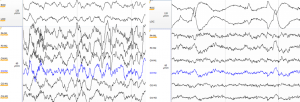 Here is an example of what different sleep stages look like. On the left there is slow wave sleep (N3) with large delta waves on the EEG channels. On the right there is REM sleep with the signature rapid eye movements on the top two EOG channels.
Here is an example of what different sleep stages look like. On the left there is slow wave sleep (N3) with large delta waves on the EEG channels. On the right there is REM sleep with the signature rapid eye movements on the top two EOG channels.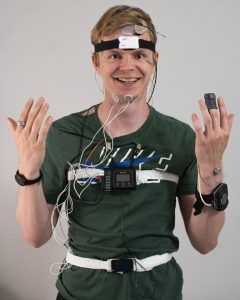 Would you participate in a sleep study if the researcher looked like this?
Would you participate in a sleep study if the researcher looked like this?